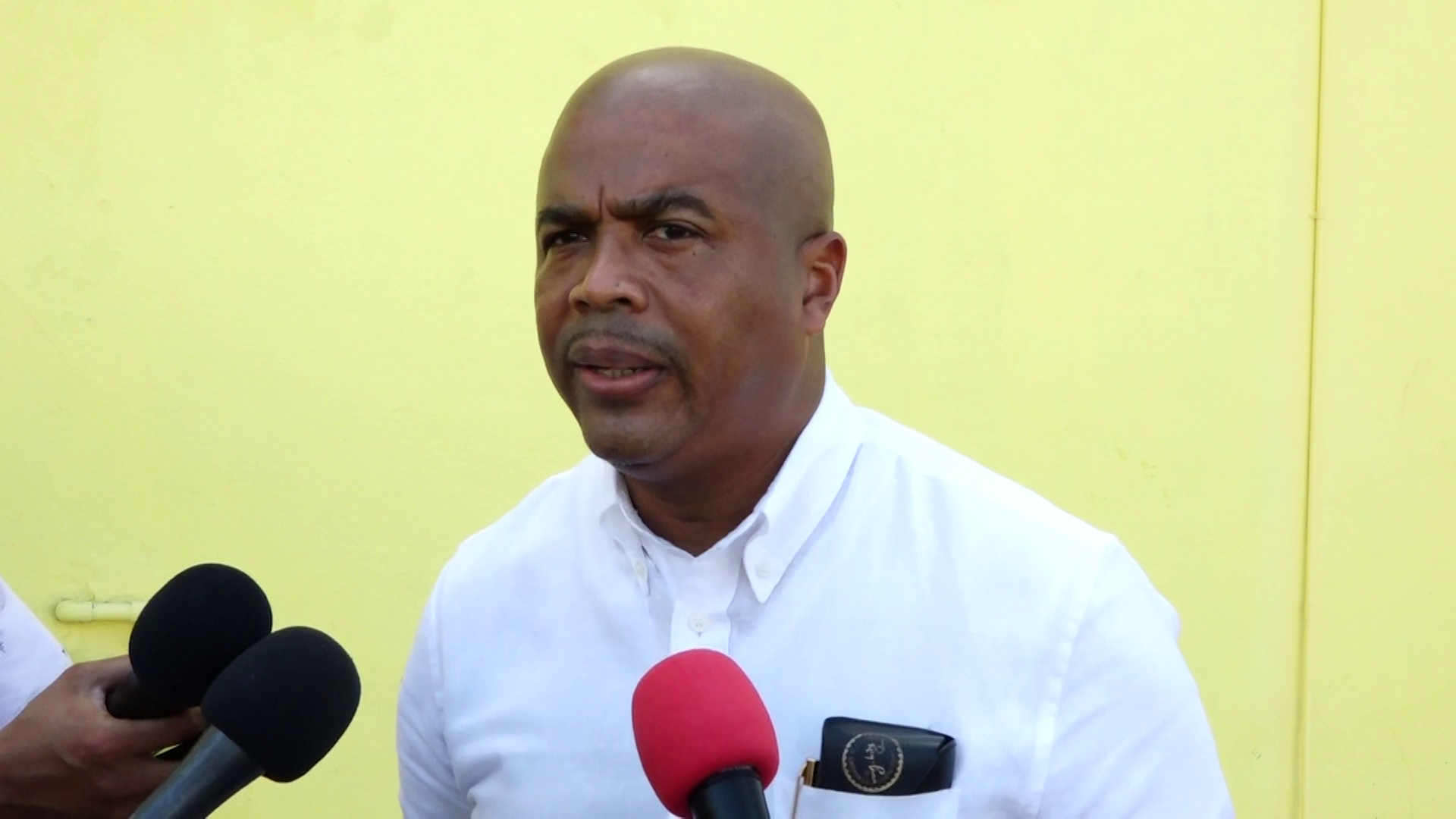A tropical system in the southwestern Caribbean Sea is showing signs of gradual development, with meteorologists closely monitoring it for potential tropical depression formation in the coming days. As of this morning, the National Hurricane Center has indicated a 30% chance of formation within the next 48 hours, with a high 70% chance over the next seven days.
System Development in Southwestern Caribbean Sea
A broad area of low pressure is expected to take shape over the southwestern Caribbean Sea within the next day or so. Forecasters indicate the potential for the system to strengthen over the weekend or early next week, as it drifts generally northward or northwestward. While it remains uncertain how quickly it will develop, residents in nearby regions should remain alert, as heavy rainfall and gusty conditions could impact parts of the central and western Caribbean, regardless of whether the system officially develops into a tropical depression.
Impacts on the Greater Antilles and Northeastern Caribbean
Meanwhile, a separate area of low pressure near Puerto Rico is producing significant showers and thunderstorms over parts of the Greater Antilles and adjacent Atlantic waters. Although it has a low chance of developing into a tropical system (10% over the next 48 hours and seven days), the disturbance is expected to bring prolonged rainfall to the northern Leeward Islands, Puerto Rico, Hispaniola, eastern Cuba, and the southeastern Bahamas over the next few days.
North Atlantic Storm System Update
In the North Atlantic, a storm-force, non-tropical low-pressure area is positioned approximately 400 miles west of the Azores. Though producing limited shower activity, this system could see minimal subtropical development as it moves eastward over the next few days. The chance of formation remains low at 10% through both 48 hours and seven days.
Preparedness and Precautions
As these systems continue to evolve, communities in the Caribbean and the surrounding islands are advised to prepare for possible heavy rainfall, which may lead to flash flooding, particularly in vulnerable areas. Emergency management agencies in affected regions encourage residents to stay informed through official weather updates and adhere to any advisories or warnings that may be issued.
